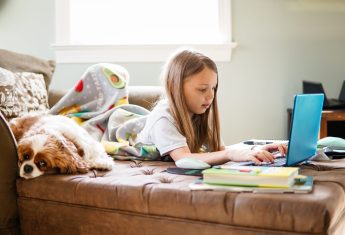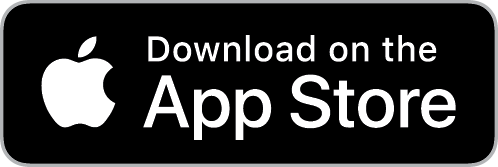Primary 3 - First Level Literacy
Online Literacy Lessons for Primary 3 Students in Scotland.
Our Primary Three grammar lessons further explore nouns, both proper and common, and teach that they describe a person, a place or a thing,
We learn more about verbs, the “doing” words and how to recognise them and understand they describe what a person is doing, an action or a happening..
We learn how to use adjectives to describe both proper and common nouns, people, places or things and to recognise that proper nouns are actual names of people places or things and need a capital letter.
Students are taught to recognise a pronoun and how to use a pronoun in place of a noun in a sentence.
We introduce compound words, those which are made up from two words and then take on a different meaning. Pupils learn how to recognise compound words and how to use them.
They learn how to use connective, or joining, words (and, but, because) to extend sentences.
This section introduces adverbs and teaches that adverbs tell us more about a doing word, a verb.
Learners are introduced to the concept of alliteration, when words near to each other start with the same sound, and learn to recognise it.
These lessons teach pupils to use the article 'a' or 'an' to describe one thing in particular. They learn to use 'a' with consonants and 'an' with vowels and that there are a number of exceptions to the rule.
We introduce the confusing words 'there', 'their' and 'they're' and teach that, although they sound the same, they have different meanings and pupils learn to tell the difference.
Other confusing words are 'two', 'too' and 'to' which also sound the same but have different meanings and, again, pupils learn to tell the difference.
Learners are introduced to the concept of opposites and learn words which are completely different from each other. They are taught to match, identify and recall examples of opposites.
Our writing lessons teach pupils to correctly identify and use compound sentences with the words 'and', 'but' and 'because'.
Our character-description lesson teaches key pointers to help create a character description, referencing their appearance and personality. They learn about exclamation marks, question marks and full stops, to punctuate sentences using them correctly at the end of sentences.
We examine “wow” words, how to select them from given adjectives and adverbs and to add them to the pupil's writing to improve it. We then teach how to add a second sentence to extend the writing, using a pronoun to improve it.
Pupils learn to create a paragraph using success criteria, making sure all the sentences are about the same subject and checking carefully using success criteria.
Primary Three lessons introduce poetry, showing pupils how to plan a simple poem including examples of onomatopoeia.
They learn how to plan a simple storyline with a beginning, a middle and an end, practising using strategies to plan and create simple stories and organising thoughts and ideas to plan and create simple stories. They are encouraged to think about how the start of sentences, phrases and “wow” words can be used to create a story start which describes the setting or place.
Our reading course in Primary Three gives an introduction to the title, contents page, chapters and index and explains what they are for and shows how to become familiar with their purpose. Pupils learn to recognise features of fiction and non-fiction (script, novel, comic, paper, website, dictionary, thesaurus or fact book) including the use of bold and italic lettering.
We introduce prefixes and suffixes, explaining how to use them to break down and decode hard words, providing pupils with decoding skills for reading.
They learn to recall events from a story, giving them due consideration and answering literal and inferential questions.
Their literacy and English skills are improved adding s and es to create plurals, learning which words can be made plurals by adding 's' while words that end in ch, sh, x, s or z can be made plurals by adding 'es'.


"It's bright and colourful, easy to read, and extremely easy to use unlike most textbooks or online learning websites" Daisy, S3 PupilSign Up & Learn Today

